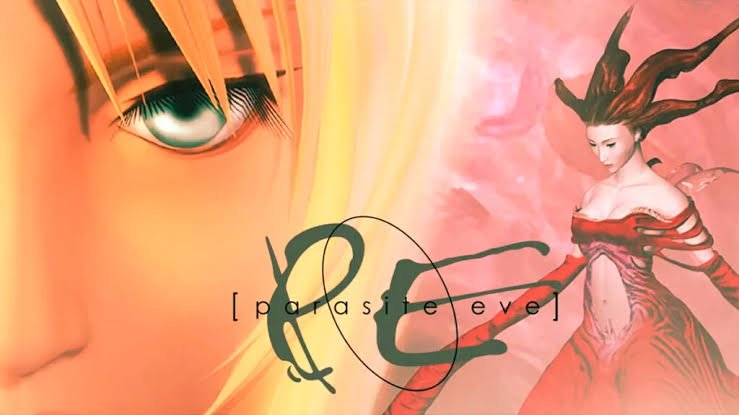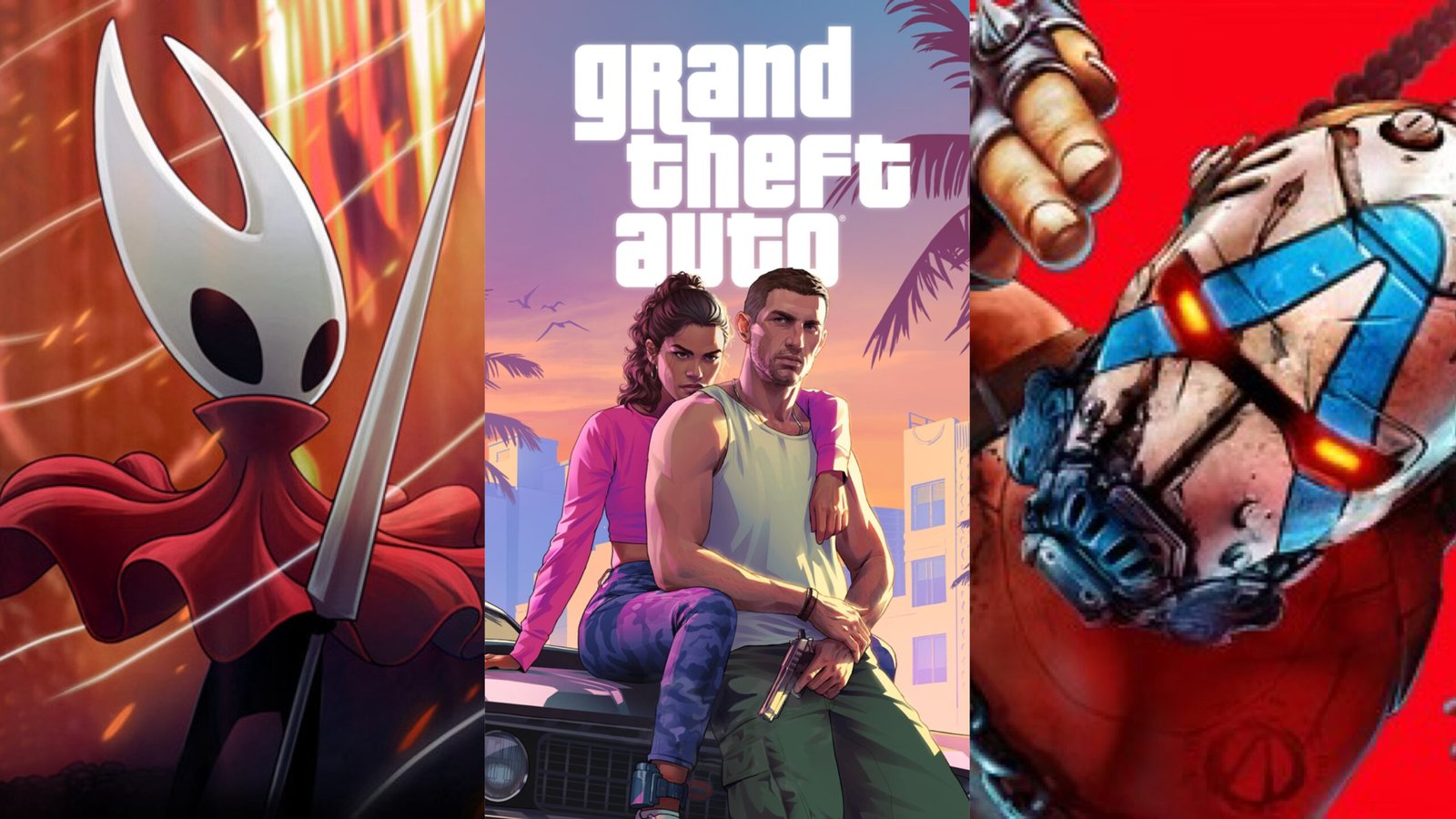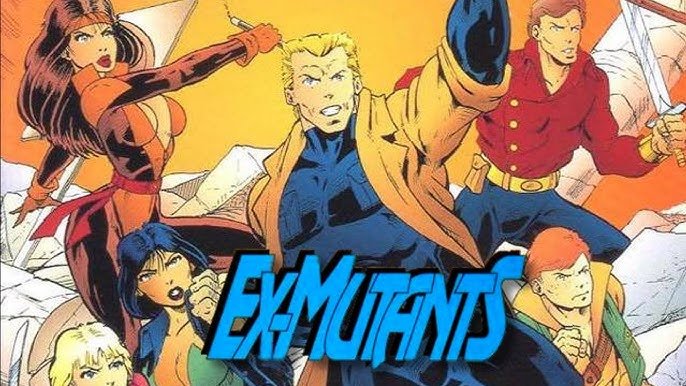
Parasite Eve: Survival Horror Meets RPG Masterpiece
In the realm of video game history, few titles have captured players’ imaginations quite like Parasite Eve, a survival horror-infused RPG developed and published by Square in 1998 for the PlayStation, has left an indelible mark on the gaming landscape. Its origins can be traced back to a 1996 novel of the same name, written by Japanese novelist and pharmacologist Hideaki Sena.
The novel’s premise was a captivating one – a mitochondria, the powerhouse of the cell, had undergone a process of symbiosis, transforming it into a sentient being with the ability to control the minds and bodies of humans. This entity, known as Ève, had been waiting for the perfect conditions to unleash its full potential, with the ultimate goal of eliminating humanity and creating a superior form of life that could manipulate its own DNA.
The novel’s dark and thought-provoking themes, combined with its scientific underpinnings, caught the attention of the Square development team, who saw the potential to adapt it into a groundbreaking video game experience. The result was Parasite Eve, a game that seamlessly blended the survival horror genre with the depth and storytelling of a classic RPG, creating a truly unique and immersive experience for players.
Bringing Parasite Eve to Life on the PlayStation
Parasite Eve’s development was led by Hironobu Sakaguchi, the renowned creator of the Final Fantasy series. Assembling a team of seasoned professionals who had worked on some of Square’s most successful RPGs, the developers set out to create a game that would push the boundaries of what was possible on the PlayStation.
One of the key elements that set Parasite Eve apart was its cinematic presentation. The game’s cutscenes, which were meticulously crafted with the help of American CG supervisors experienced in Hollywood productions, were a revelation at the time. The level of detail and visual fidelity in these sequences was a significant step up from the standard of the era, immersing players in the game’s narrative and creating a sense of cinematic grandeur.
The game’s soundtrack, composed by the talented Yoko Shimomura, who had previously worked on titles like Breath of Fire and Street Fighter II, further enhanced the cinematic experience. The score seamlessly blended orchestral elements with electronic and ambient textures, perfectly complementing the game’s tense and atmospheric moments.
Unraveling the Mysteries of Parasite Eve’s Narrative
Parasite Eve’s story unfolds over the course of six days in December 1997, set in the bustling city of New York. The game follows the protagonist, Aya Brea, a rookie police officer who finds herself at the center of a terrifying series of events.
On Christmas Eve, Aya attends an opera performance, where a sudden and inexplicable phenomenon occurs – audience members begin to spontaneously combust. Aya is one of the few survivors, and she soon discovers that the culprit is a woman named Melissa Pearce, who has been possessed by the mitochondrial entity known as Ève.
Aya’s investigation leads her to uncover the connection between Ève and her own sister, Maki, who had died in a car accident. It is revealed that Maki’s donated kidney had been transplanted into Melissa, allowing Ève to establish a foothold in the human world. Aya’s own connection to Ève becomes even more complex when it’s discovered that she had received a corneal transplant from her sister, further complicating the intricate web of mitochondrial influence.
As Aya delves deeper into the mystery, she encounters a scientist named Kunihiko Maeda, who had witnessed the events in Japan that were depicted in the original novel. Together, they work to unravel the secrets of Ève’s plans and stop her from achieving her ultimate goal of creating a superior form of life and eradicating humanity.
Exploring the Cinematic RPG Gameplay of Parasite Eve
Parasite Eve’s gameplay seamlessly blended elements of survival horror and RPG mechanics, creating a unique and immersive experience for players. The game’s “Cinematic RPG” approach, as it was dubbed, meant that the pacing and presentation of the story were heavily influenced by cinematic techniques, with the player’s actions and choices directly impacting the narrative.
Combat in Parasite Eve was a dynamic and strategic affair, with players having to carefully manage their resources and utilize a variety of weapons and abilities to overcome the challenges presented by the game’s mutated enemies. The “Parasite Energy” system allowed Aya to unleash powerful special attacks, further enhancing the tactical depth of combat.
Survival Horror Elements: Parasite Eve incorporated classic survival horror mechanics, such as limited ammunition, tense exploration, and the need to carefully manage resources to survive.
RPG Mechanics: The game featured a robust leveling system, allowing players to upgrade Aya’s stats and unlock new abilities as they progressed through the story.
Cinematic Presentation: The game’s cutscenes, camera angles, and pacing were heavily influenced by cinematic techniques, creating a truly immersive and engaging experience.
One of the most memorable aspects of Parasite Eve’s gameplay was the way it seamlessly blended the survival horror and RPG elements, creating a unique and captivating experience that kept players on the edge of their seats. The game’s challenging boss battles, combined with the need to carefully manage resources and navigate the game’s environments, made for a truly thrilling and unforgettable adventure.
Exploring the Expanded Parasite Eve Universe
The success of the original Parasite Eve game led to the development of several spin-offs and sequels, further expanding the rich and compelling universe that had been established.
Parasite Eve II
In 1999, Square released Parasite Eve II, which continued the story of Aya Brea and her ongoing battle against the mitochondrial threat. Set several years after the events of the first game, Parasite Eve II saw Aya working as a member of the NYPD’s Special Ops division, tasked with investigating a series of mysterious incidents in the small town of Dryfield.
The game retained the survival horror and RPG elements of the original, while also introducing new gameplay mechanics and a more open-world approach. Parasite Eve II was praised for its atmospheric environments, challenging combat, and the continued development of Aya’s character and her connection to the mitochondrial entities.
The Third Birthday
In 2010, Square Enix released The Third Birthday, a spin-off title that served as a sequel to the Parasite Eve storyline. Set in an alternate timeline, the game followed Aya Brea as she navigated a world ravaged by a mysterious phenomenon known as the “Twisted”.
The Third Birthday introduced a new gameplay mechanic called “Overdive,” which allowed Aya to possess the bodies of other characters and use their abilities to overcome challenges. The game’s focus on time manipulation and its more action-oriented approach marked a significant departure from the previous Parasite Eve titles, but it still managed to capture the series’ signature blend of survival horror and RPG elements.
Parasite Eve Manga Adaptations
In addition to the game releases, the Parasite Eve franchise has also spawned several manga adaptations. In 1998, two manga series were published in Japan:
Parasite Eve – A direct adaptation of the original novel by Hideaki Sena.
Parasite Eve – A two-part manga series based on the events of the video game, with some exclusive characters and storylines.
Unfortunately, these manga adaptations have not been officially translated and released in the West, making them accessible only to Japanese-speaking audiences. However, for dedicated fans of the Parasite Eve franchise, these manga series offer an additional layer of depth and exploration into the rich and captivating world that was first introduced in the original novel and video game.
The Legacy of Parasite Eve
Parasite Eve’s impact on the gaming industry cannot be overstated. The game’s innovative blend of survival horror and RPG elements, coupled with its cinematic presentation and compelling narrative, set a new standard for what was possible in the genre. The game’s success also paved the way for the development of other influential titles that would go on to shape the industry, such as the Resident Evil and Silent Hill franchises.
Beyond its immediate impact on the gaming landscape, Parasite Eve’s themes and concepts have also resonated with audiences on a deeper level. The game’s exploration of the relationship between humans and their mitochondria, and the implications of a sentient entity seeking to manipulate and control that relationship, have sparked discussions and debates among fans and critics alike.
The Parasite Eve franchise has also maintained a dedicated following over the years, with fans eagerly awaiting any news or updates on the potential revival of the series. The game’s unique blend of genres, its captivating story, and its memorable characters have all contributed to its enduring legacy, making it a true classic in the annals of video game history.
For those who have yet to experience the magic of Parasite Eve, the game’s availability on modern platforms, such as the PlayStation Store, makes it more accessible than ever before. Whether you’re a seasoned fan or a newcomer to the series, Parasite Eve remains a must-play experience that continues to captivate and inspire gamers of all generations.













Publicar comentário